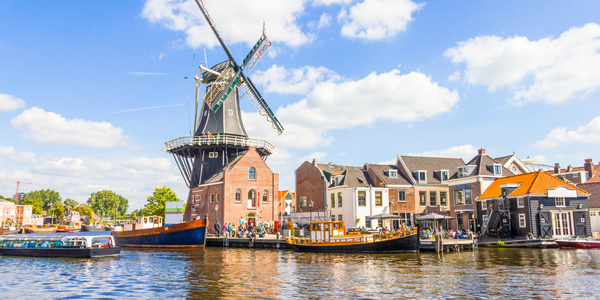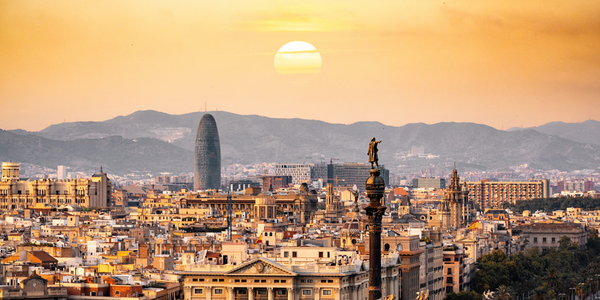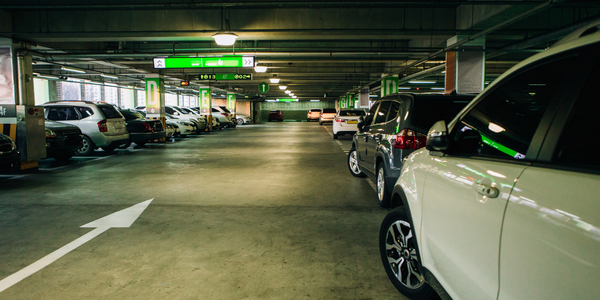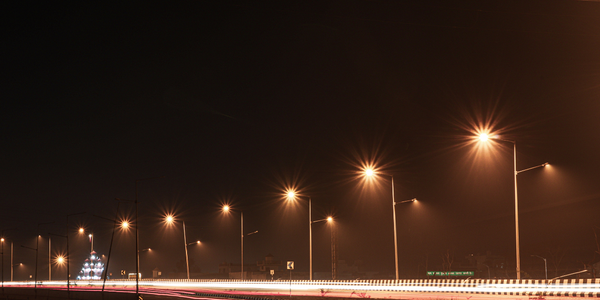公司规模
Large Corporate
地区
- Europe
国家
- Spain
产品
- Urbo
- CARTO Engine
技术栈
- FIWARE
- IoT sensors
- Machine Learning algorithms
实施规模
- Enterprise-wide Deployment
影响指标
- Cost Savings
- Environmental Impact Reduction
- Productivity Improvements
技术
- 平台即服务 (PaaS) - 连接平台
适用行业
- 城市与自治市
适用功能
- 物流运输
- 设施管理
用例
- 智慧城市运营
- 减废预测
- 能源管理系统
服务
- 系统集成
- 数据科学服务
关于客户
Telefónica is one of the world’s largest telecommunications companies, with 127,000 employees serving more than 346 million customers in 17 countries across Europe and Latin America. As an innovative leader in areas including big data, cloud computing, and Internet of Things (IoT), Telefónica is committed to improving connectivity with technologies that can facilitate greater communication. In May 2017, Forbes listed Telefónica as the 110th largest company in the world. Telefónica’s Smart Cities and IoT team provides digital solutions that enable a new generation of services and businesses for cities, all managed from an integrated and open FIWARE compliant platform. These platforms gather information from different sources such as sensors, City Council’s Systems or citizen’s smartphones acting themselves as sensors. This enables better decision making to all players from real time information improving environmental and economic efficiency contributing to the development of more sustainable cities.
挑战
Telefónica’s Smart Cities and IoT team needed to build a Smart Cities dashboard that could process and analyze data from thousands of Internet of Thing (IoT) sensors as actionable insights to enable their public sector customers to run their cities more efficiently and sustainably. They needed an integrated, FIWARE compliant platform to make large amounts of real-time data accessible to the general public and public administrators through data visualizations, interactive maps, and customized reports. The dashboard would focus on verticals most suited to optimization using IoT technologies: parking, street lighting, waste management, environment, transportation, and service monitoring.
解决方案
CARTO enabled Telefónica to develop Urbo, a Smart Cities dashboard that processes real-time data from thousands of sensors, providing role-based access to different decision-makers across a city. For city residents, there is also a public portal which offers real-time conditions on traffic, air quality, and energy consumption to raise awareness of Smart City initiatives among citizens. For civic administrators, the private portal brings together all sensor-generated data in one centralized resource for monitoring mobility patterns and for more efficient decision-making aligned with a city’s KPIs to reduce the public sector’s carbon footprint. The private portal also uses machine learning algorithms to optimize waste collection routes. This allows the city to analyze historical route patterns from trash can sensors, enabling local officials to reduce collection pickups in areas with low volumes of garbage and ramp up pickup schedules in areas producing larger volumes of garbage.
运营影响
数量效益

Case Study missing?
Start adding your own!
Register with your work email and create a new case study profile for your business.
相关案例.

Case Study
Turning A Stadium Into A Smart Building
Honeywell created what it called the “intelligent system” for the National Stadium in Beijing, China, turning the venue for the opening and closing events at the 2008 Summer Olympics into a “smart building.” Designed by highly controversial artist Ai Weiwei, the “Bird’s Nest” remains one of the most impressive feats of stadium architecture in the world. The 250,000 square meter structure housed more than 100,000 athletes and spectators at a time. To accommodate such capacity, China turned to Honeywell’s EBI Integrated Building Management System to create an integrated “intelligent system” for improved building security, safety and energy efficiency.
.png)
Case Study
Smart Street Light Network (Copenhagen)
Key stakeholders are taking a comprehensive approach to rethinking smart city innovation. City leaders have collaborated through partnerships involving government, research institutions and solution providers. The Copenhagen Solutions Lab is one of the leading organizations at the forefront of this movement. By bringing together manufacturers with municipal buyers, the Copenhagen Solutions Lab has catalyzed the development and deployment of next-generation smart city innovations. Copenhagen is leveraging this unique approach to accelerate the implementation of smart city solutions. One of the primary focus areas is LED street lighting.

Case Study
Buoy Status Monitoring with LoRa
The Netherlands are well-known for their inland waterways, canals, sluices and of course port activities. The Dutch Ministry of Infrastructure indicates that there are thousands of buoys and fixed items in and near water environments that would profit from IoT monitoring. One of the problems with buoys for example, is that they get hit by ships and the anchor cable breaks. Without connectivity, it takes quite some time to find out that something has happened with that buoy. Not to mention the costs of renting a boat to go to the buoy to fix it. Another important issue, is that there is no real-time monitoring of the buoys at this moment. Only by physically visiting the object on the water, one gains insight in its status.

Case Study
Barcelona Case Study
Barcelona’s heavy traffic and its associated high levels of pollution were the primary factors that motivated some companies and universities to work on strategies for improving traffic in the city centre. Bitcarrier is one of the technologies involved in the In4Mo Project, whose main objective is to develop the applications that form the core of smart mobility, one of the fundamental pillars of the smart city concept.

Case Study
China Mobile Smart Parking
Smart Parking, powered by NB-IoT technology, is making it easier for drivers to find free parking spots. Cities can better manage their parking assets and maximize the revenue available to them as a result. Drivers searching for parking create congestion and pollution by circling and hunting for available parking. Smart Parking services are able to significantly ease these problems by guiding a driver directly to a parking space.








